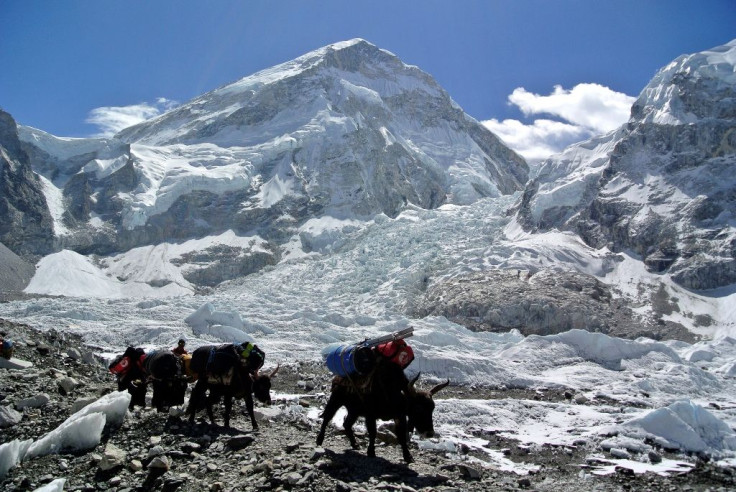Google Loses 1 Executive Due To Mt Everest Avalanche Triggered By Nepal Earthquake

Words of tribute to the fallen Google executive Dan Fredinburg who died on Saturday from a Mount Everest avalanche triggered by the strong Nepal 7.8 magnitude earthquake.
Obsessed with social-media, as described by novelist Carole Cadwalladr in The Guardian, his death was confirmed by his younger sister Megan via his Instagram account. “I regret to inform all who loved him that during the avalanche on Everest early this morning our Dan suffered from a major head injury and didn't make it.” The 33-year-old was with three other Google employees when the onslaught happened. It was only him who didn’t survive the avalanche.
Known as an adventurer and an experienced climber, Cadwalladr thought that “if there was one person who I felt sure would survive the devastating avalanche that swept through Everest base camp, it was Dan Fredinburg.” Turns out the opposite happened. His posts on social media showed he had been on the mountain for 23 days. He died from a major head injury.
Starting for Google in 2007, Fredinburg was one of the Google Adventure team’s founding members. The group was responsible for bringing Google’s Street View cameras to exotic locations. On his LinkedIn page, he said he “Leads team on expeditions farther into the wild, and bringing back stunning imagery from the planet’s most remote regions, including Aconcagua, New Guinea, Kilimanjaro, and Mt Elbrus.”
Cadwalladr shared Fredinburg had attempted to climb Mount Everest two years ago but had to retract because of another avalanche.
Lawrence You, the company’s director of privacy, said a Person Finder for Nepal has been launched by Google’s Crisis Response team. The company “is working to get updated satellite imagery to aid in the recovery effort. Google.org is committing $1M to the response, and we’ll have gift-matching available soon.”
To report problems or to leave feedback about this article, email: e.misa@ibtimes.com.au.




















